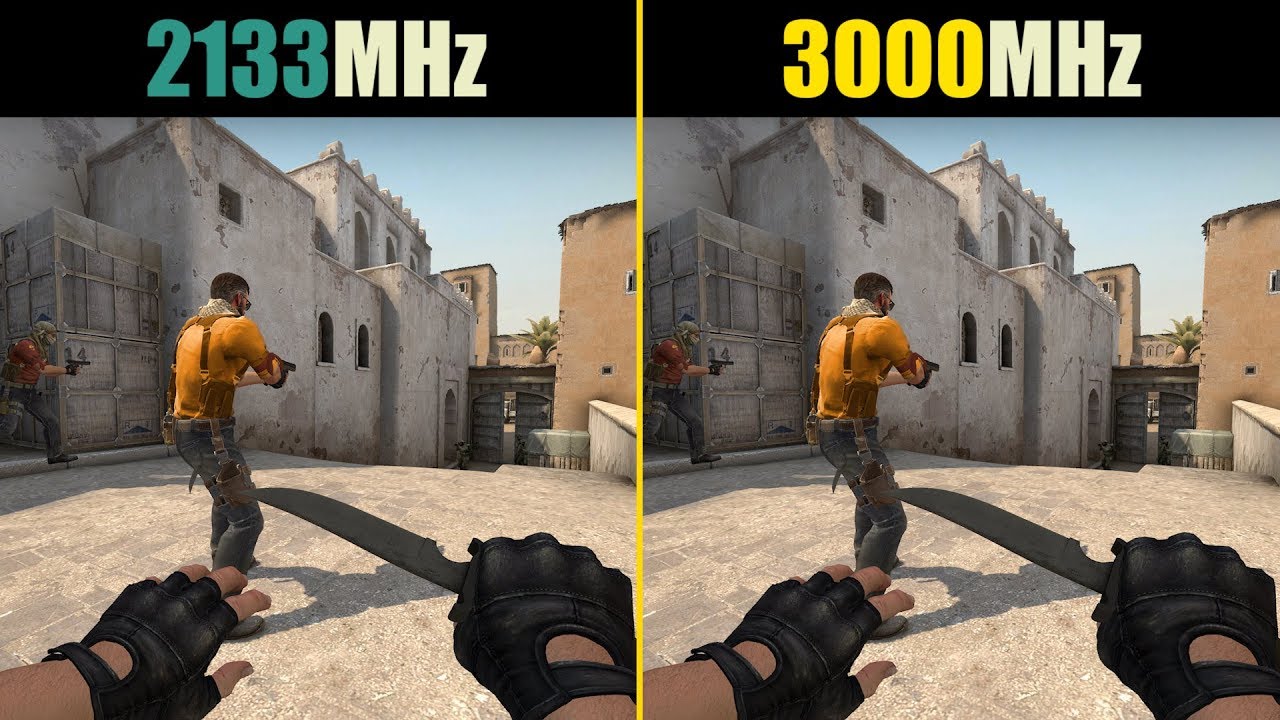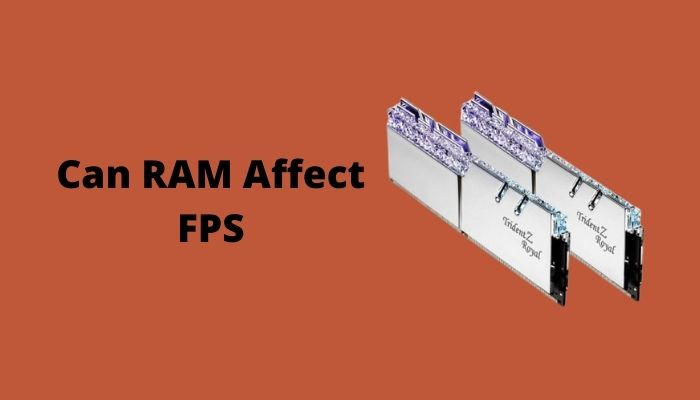Does RAM Affect FPS in Counter-Strike: Source?
The Basics of RAM
RAM, or random access memory, is a type of temporary storage that computers use to access instructions and data more quickly than from a hard drive or solid-state drive. All programs and applications that are actively running on a computer are stored partly or completely in RAM. RAM allows the CPU to quickly retrieve instructions and data needed to perform tasks without having to access the storage drives, which are significantly slower. More RAM means more programs and data can be readily available in memory for fast access. system memory is key for good multitasking and performance.
What RAM Does in Games
In gaming, RAM is used to store game textures, levels, character models, and other assets that need to be quickly accessed by the graphics processing unit (GPU). Modern games have large textures and complex 3D models that take up a significant amount of RAM. With insufficient RAM, the system may start using the much slower hard drive as virtual memory, drastically reducing performance. Most games today require at least 8GB of RAM to run smoothly without issues.

RAM and FPS in Counter-Strike: Source specifically
Counter-Strike: Source is considered an older game by today’s standards, having been released in 2004. As an early first-person shooter (FPS) title, its hardware requirements are quite modest compared to modern AAA games.
Minimum RAM Requirements
The minimum specs listed by Valve for Counter-Strike: Source require only 256MB of RAM. At its release, this was a standard amount found in most PCs. However, Windows and other programs already use up a portion of available RAM. With only 256MB, the game may start using the hard drive for virtual memory, negatively impacting framerates. Most gamers would want at least 512MB-1GB of system memory allocated to the game for optimal performance.
Does More RAM = Higher FPS?
Once the game has enough RAM allocated to avoid paging/swapping to disk, adding more RAM sees diminishing returns for frames per second (FPS) in Counter-Strike: Source specifically. The CPU and GPU become the limiting factors for framerates before the amount of RAM does. As an older title with relatively low-res textures and simple geometry, it does not require large amounts of VRAM or system RAM.
Balancing Other Hardware
For the best performance in CS:S, it’s more important to have a powerful CPU and a dedicated graphics card that meets or exceeds the minimum requirements. An aging system with 4GB of RAM but a weak processor and integrated graphics will struggle more than one with 8GB RAM, decent CPU and GPU.
Conclusion
In summary, having enough system RAM to avoid virtual memory paging/swapping is key for good performance in Counter-Strike: Source. However, simply adding more RAM above the minimum requirements sees diminishing returns and won’t compensate for outdated CPUs or graphics hardware. Balancing RAM with other PC components is most important for maximizing framerates.
RAM Speed and Timings
While the amount of RAM is important, the speed and timings also matter to some degree for gaming performance. Faster RAM with tighter timings allows the CPU to access data in memory quicker.
Impact of RAM Speed
Various benchmark tests have shown gaming performance can see a 5-15% improvement going from the default JEDEC speeds (2133MHz for DDR4) to faster overclocked speeds like 3600MHz. This is because games are highly dependent on fast access to resources in memory.
Choosing RAM Speed
Most desktops will see the greatest benefit from RAM in the 3000-3600MHz sweet spot for price to performance. Any mainstream processors today will supports speeds up to 3600MHz without issues. Going beyond that has diminishing returns unless overclocking enthusiast RAM.
RAM Timings
RAM timings (CL, tRCD, tRP, tRAS) also factor into access speed, with lower numbers being better. While speed gets more attention, tightening timings through XMP overclocking profiles can yield extra performance gains.
Finalizing the RAM Purchase
With an understanding of how RAM works in a system and its impact on games like CS:S, buyers can make an informed choice for their needs. For most gamers, 8GB of 3000-3600MHz DDR4 with XMP is the optimal combination of price and performance. More than 16GB is usually unnecessary for gaming alone.
Paying attention to a RAM kit’s speed, timings, and compatibility with the target motherboard helps ensure it can be run at its full potential. A small RAM upgrade or replacement of an aging kit still in use can provide a tangible boost to performance and smoothness in older titles.
